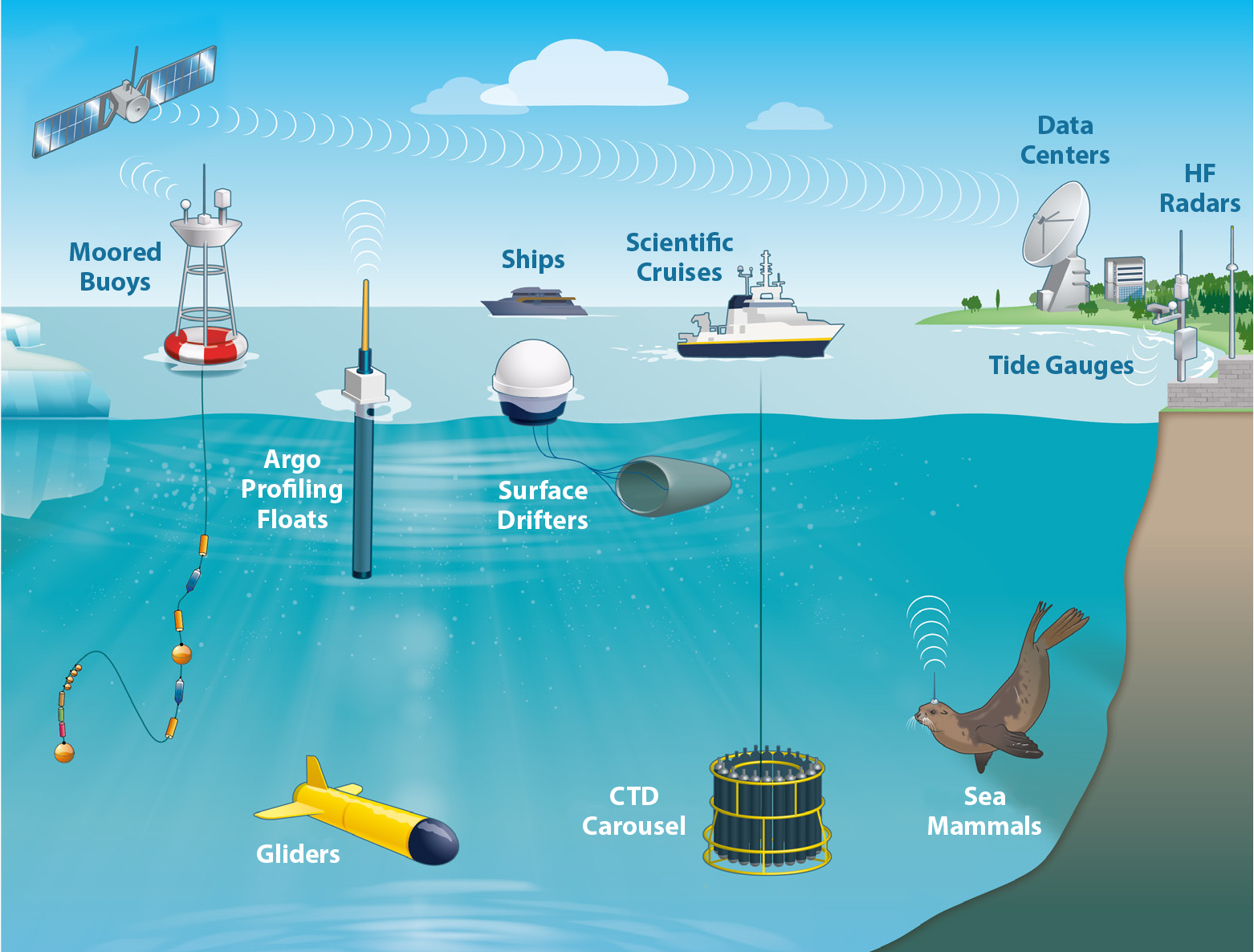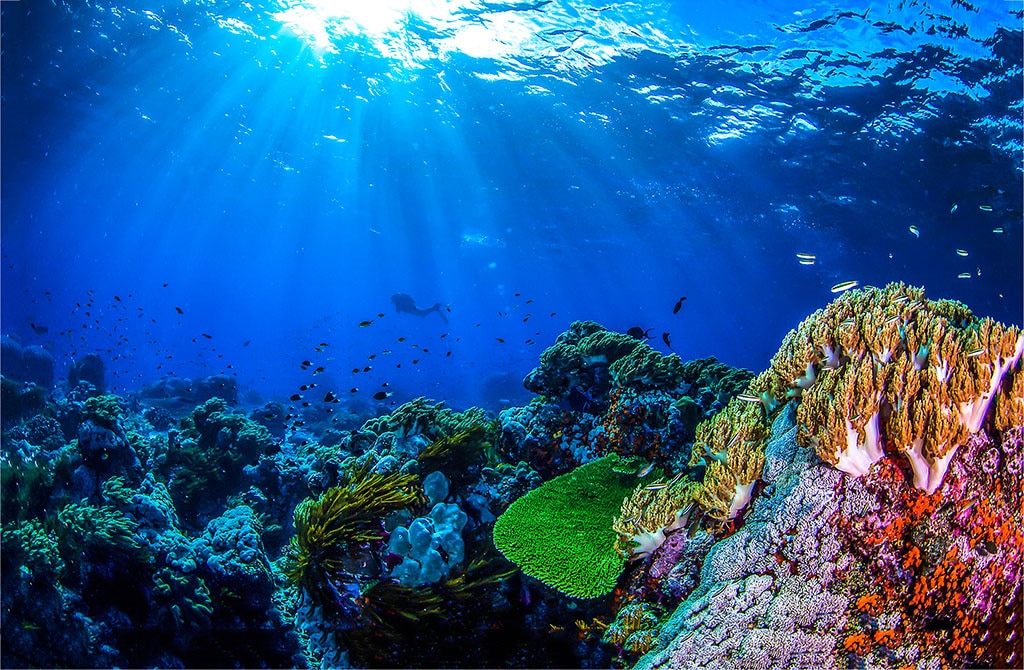
Revolutionizing Ocean Monitoring: The OASIS Project
The OASIS Project, a collaborative effort between the UK and Canada, is set to transform the way we conduct marine environmental surveys. This innovative project brings together a consortium of companies, backed by government funding, to address the limitations of existing ocean monitoring methods.
 Image: Ocean monitoring
Image: Ocean monitoring
The current methods of ocean monitoring are often costly, time-consuming, and environmentally damaging. The OASIS Project aims to change this by harnessing the power of autonomous underwater vehicles and advanced imaging sensors. This technology will enable remote over-the-horizon seafloor image surveys, reducing costs, minimizing environmental impact, and enhancing the scalability of marine environmental surveys.
“Our collaboration with esteemed partners from the UK marks a significant milestone in our efforts to enhance the cost-effectiveness of ocean monitoring with innovative optical technologies. The OASIS Project embodies our commitment to developing solutions that not only meet the evolving needs of the commercial sector but also contribute to the sustainability of our oceans,” said Chris Gilson, CEO of Voyis.
The project’s implications extend beyond marine conservation, with significant commercial potential for industries such as offshore wind, oil and gas, and marine construction. Voyis plans to offer a range of services and software products, including autonomous environmental survey and data analysis services, as well as new software products for data interpretation and remote awareness.
 Image: Autonomous underwater vehicle
Image: Autonomous underwater vehicle
The OASIS Project is a testament to the power of collaboration and innovation in addressing the pressing need for efficient and cost-effective monitoring solutions. As we move forward in an era of sustainable ocean resource management, projects like OASIS will play a crucial role in shaping the future of ocean monitoring.
 Image: Ocean resource management
Image: Ocean resource management
In conclusion, the OASIS Project is a groundbreaking initiative that has the potential to revolutionize the way we conduct marine environmental surveys. With its innovative technology and collaborative approach, it is set to make a significant impact on the industry and contribute to the sustainability of our oceans.









